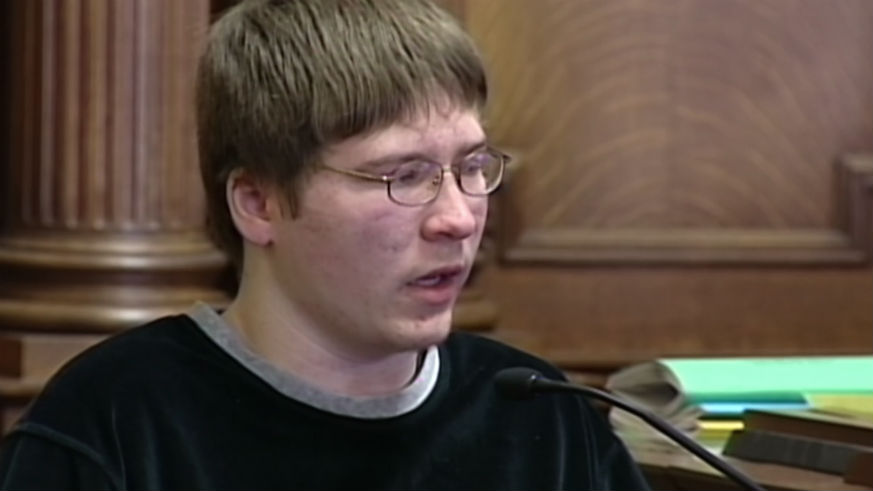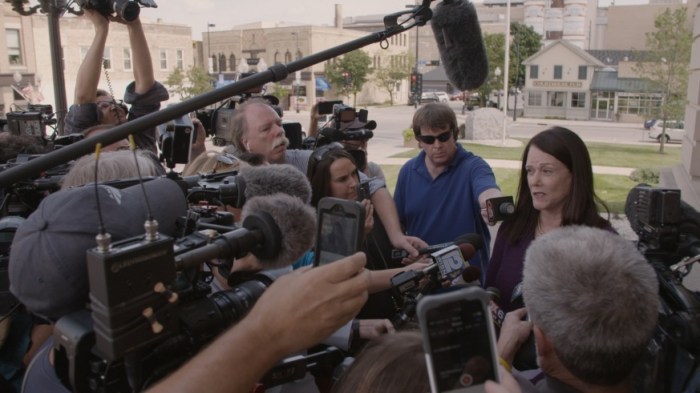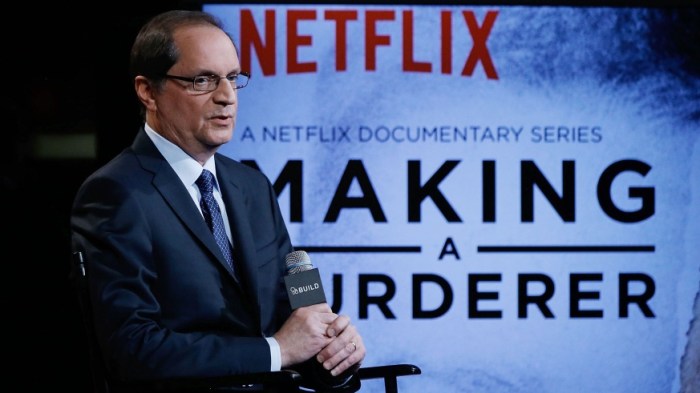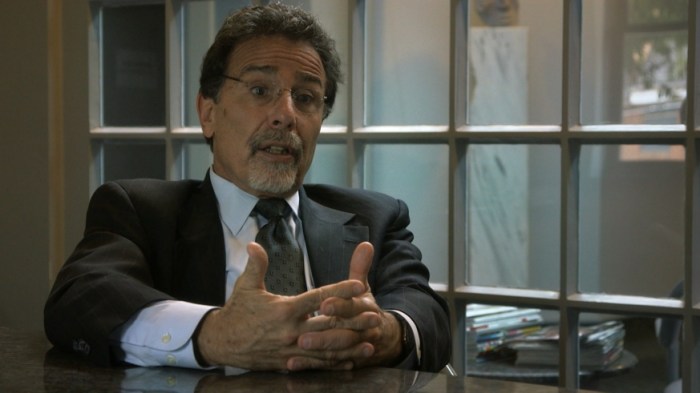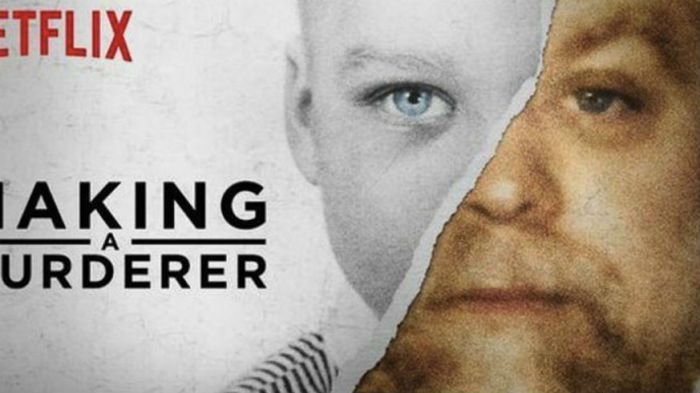On August 2, 2007, Brendan Dassey was sentenced to mandatory life in prison with a possibility of parole set for November 1, 2048 after he admitted to aiding uncle Steven Avery in raping, murdering and later burning the body of photographer Teresa Halbach in 2005. Netflix’s Making A Murderer (2015) depicted a seemingly coerced confession from Dassey, causing uproar for a retrial. But was the now-28-year-old Brendan Dassey released?
Dassey’s attorneys argued that he was wrongfully convicted as there was no physical evidence that linked him to the crime. They also argued that he is borderline intellectually disabled and stressed that he was subjected to “psychologically coercive techniques” by Wisconsin investigators.
Dassey, who was convicted on charges of first-degree intentional homicide, second-degree sexual assault and mutilation of a corpse at just 16, turned to the U.S. Supreme Court for a chance at freedom — but it ruled Monday that it wouldn’t take on his case. This was Dassey’s final appeal.
Was Brendan Dassey released? No — but why would he be released in the first place?
On June 22, 2017, a three-judge panel of the Seventh Circuit Court of Appeals ruled that Dassey’s confession was involuntary and improperly obtained, stating that he should be retried or released from prison.
View this decision in full here.
Hurrah! 7th Circuit AFFIRMS decision that Brendan’s confess was involuntary. Here’s full decision. #MakingAMurderer https://t.co/WCqhA8JQNc
— Jerome Buting (@JButing) June 22, 2017
Then, on December 8, 2017, the full Seventh Circuit Court of Appeals ruled 4-3 in favor of the state courts’ verdict that Dassey’s confession was voluntary. This meant that he would not be released and there wouldn’t be a possibility of retrial.
The Seventh Circuit Court of Appeals document stated:
The state courts’ finding that Dassey’s confession was voluntary was not beyond fair debate, but we conclude it was reasonable. We reverse the grant of Dassey’s petition for a writ of habeas corpus.
This ruling could have been overturned by the Supreme Court, if four of the nine justices agreed to hear his petition for review, but this was not the case on Monday.
Avery, who is currently serving a life sentence without the possibility of parole, is reportedly still appealing his own case.
After being delayed one week, SCOTUS will conference on #MakingAMurderer Brendan Dassey case this Thursday. We should know Monday, 6/25, at 9:30 whether certiorari is being accepted or denied. @LawCrimeNetwork @lawcrimenews pic.twitter.com/LIw42pyPad
— Aaron Keller (@AKellerLawCrime) June 18, 2018
Was Brendan Dassey released? The Supreme Court rules against a review of this possibility
Monday morning, the Supreme Court declined to hear Dassey’s final appeal.
Though Dassey could file another federal habeas corpus case to start this process all over again, as Law & Crime points out, he would need to petition the Seventh Circuit Court of Appeals (which ruled against his first appeal last year) for permission. It would be a long shot.
Wisconsin Attorney General Brad Schimel said that the justice department was “pleased” with the Supreme Court’s decision on the Making A Murderer inmate.
“We hope the family and friends of Ms. Halbach can find comfort in knowing this ordeal has finally come to a close,” Schimel stated.
One of Dassey’s attorneys, Laura Nirider, issued a statement on Monday, thanking the many juvenile justice advocacy organizations, prosecutors and criminal law professors who had filed briefs with the Supreme Court in support of Dassey’s case back in March.
She said that they, “along with our legal team, will continue to fight for Brendan and the many other children who have been wrongfully convicted due to the use of coercive interrogation tactics.”
“Unfortunately, Brendan isn’t alone,” Nirider continued. “Over the past 20 years, extensive empirical and psychological research has shown that children under 18 are between three and four times more likely to falsely confess than adults — and yet the criminal justice system fails many of them. It’s up to the courts to put an end to this.”

